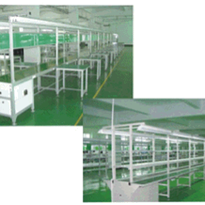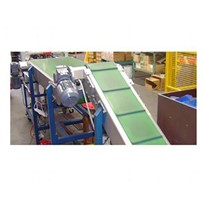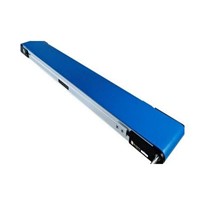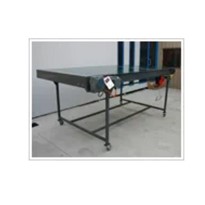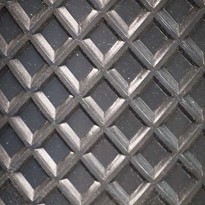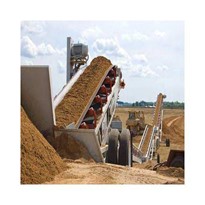Belt Conveyors are also really good tools to transport goods between different heights. We refer to this as an “inclined” conveyor application and depending on the angle of the incline different belt solutions have to be used to make sure the product does not slide backwards on the conveyor. A high grip belt will do the trick in some applications. There is a point when the incline is too large and other measures have to be employed.
Cleats or profiles can be used in such conveying applications. In simple terms they are a cross-member welded to the belt to provide positive drive and make sure the goods don’t slide backward on the conveyor. Selecting the correct cleat depends on many factors like weight and size of the product, angle of incline, roller diameter and belt material. Other things to consider are the desired height of the cleats and the distance between them to make sure good are transported at the desired rate up the incline.
Starting with the product and desired conveyor incline in mind we need to select an appropriate cleat height. Now we look at the weight each cleat has to cope with. The shape of the cleat has to be considered next. A general rule is that the higher the cleats on the belt the larger the roller diameter will need to be. When considering all variables the process of selecting the correct configuration can become quite involved. Conveyor belt manufacturers have extensive design manuals to help choosing the correct solution.
At Robotunits we work very closely with our belt supplier to help us find the most suitable belt for any application. For you this means peace of mind as we do all the calculations and supply you with a conveyor that simply works. We guarantee it!


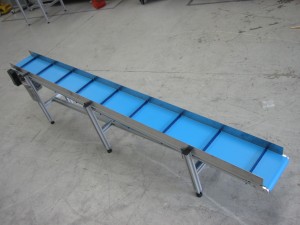


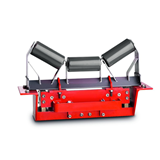
-160x160-state_article-rel-cat.jpg)
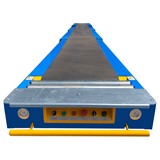

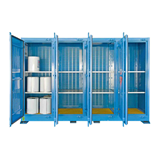

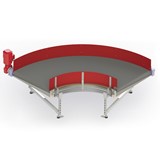

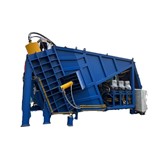




-205x205.jpg)

